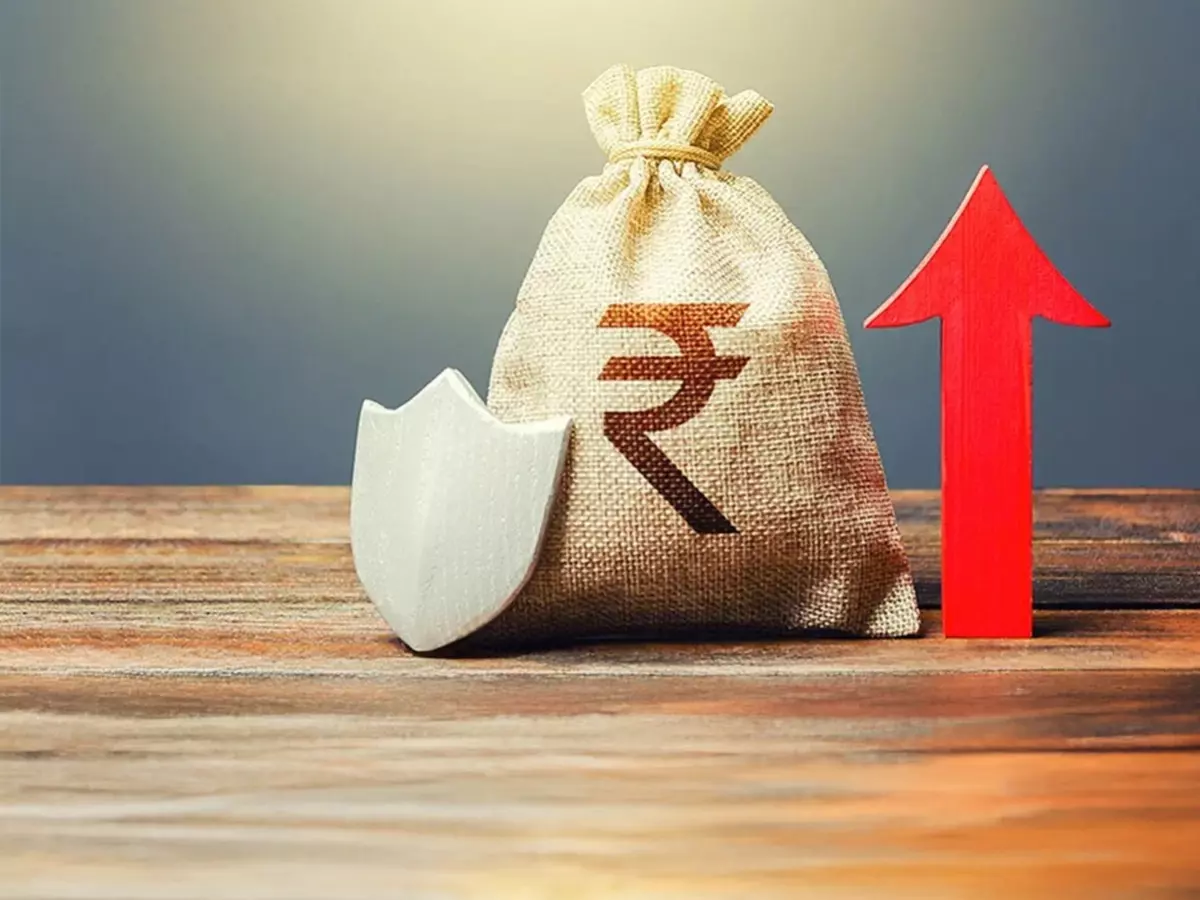How inflation affects FD Returns and why an FD Return Calculator is a must-have
Inflation refers to the general increase in the prices of goods and services over time. As inflation rises, the purchasing power of money falls. This means Rs. 1 lakh today will not have the same value five years from now.

Fixed deposits (FDs) have long been the preferred savings tool for Indian investors seeking stability and assured returns. However, one critical factor often overlooked in FD investment decisions is inflation. While FDs promise a fixed rate of return, inflation quietly erodes the real value of your earnings. In this context, using an FD return calculator becomes increasingly important, especially when comparing traditional bank FDs with company FD rates offered by reputable NBFCs.
This article discusses how inflation affects FD returns, illustrates the calculation of inflation-adjusted returns, and provides guidance on effectively using FD calculator to remain proactive.
What is inflation and how does it affect your FD returns
Inflation refers to the general increase in the prices of goods and services over time. As inflation rises, the purchasing power of money falls. This means Rs. 1 lakh today will not have the same value five years from now.
If your FD provides an 8% return but inflation is at 6%, your real rate of return is only 2%. In high-inflation environments, this difference becomes more significant, and low-yielding FDs can result in negative real returns.
Here is a simple example
| Particulars | Without Inflation | With 6% Inflation |
|---|---|---|
| FD Investment | Rs. 1,00,000 | Rs. 1,00,000 |
| FD Interest Rate | 7.5% | 7.5% |
| Tenure | 3 years | 3 years |
| Maturity Amount | Rs. 1,24,273 | Rs. 1,24,273 |
| Inflation-adjusted value | Rs. 1,24,273 | Rs. 1,04,336 |
After adjusting for inflation, your actual profit is far less than it appears. |
Why use an FD return calculator
An FD return calculator is a digital tool that helps you:
- Estimate your total interest income
- Project your maturity amount
- Compare returns across tenures and FD types
- Visualise real vs nominal returns when you input inflation
Many calculators like Bajaj Finance Fixed Deposit Calculator allow you to test different combinations of amount, interest rate, and duration to find the best option suited to your financial goals.
Key benefits of using an FD calculator
Here is why you should always use a return calculator before booking your next FD:
1. Clear comparison of schemes
Compare FD rates offered by banks and NBFCs like Bajaj Finance, which provides company FD rates as high as 8.60% p.a. for senior citizens.
2. Customise for tenure and payout type
Visualise how different tenures (e.g., 12 months vs 44 months) and payout options (monthly vs cumulative) affect your returns.
3. Plan for inflation
By factoring in the prevailing inflation rate, you can assess the real return from your FD¡ªsomething manual calculations often miss.
4. Saves time and effort
Avoid manual errors and instantly get accurate projections in seconds.
Comparing bank FDs vs Company FDs: Which protects better against inflation
Bank FD rates have historically hovered between 5% and 7%, while top-rated company FD rates like those from Bajaj Finance offer 7% to 8.60%.
Here is a quick comparison using an FD return calculator:
| Particulars | Bank FD | Company FD (Bajaj Finance) |
|---|---|---|
| Interest Rate | 6.50% | 8.40% (42 months) |
| Investment Amount | Rs. 5,00,000 | Rs. 5,00,000 |
| Tenure | 42 months | 42 months |
| Maturity Amount | Rs. 6,26,582 | Rs. 6,63,090 |
Please note: Bajaj Finance FDs offer higher protection against inflation while maintaining capital safety through AAA credit ratings from CRISIL and ICRA. |
How to use the Bajaj Finance FD return calculator
Follow these steps to estimate your returns:
- Go to Bajaj Finance FD Calculator
- Enter your deposit amount (e.g., Rs. 1,00,000)
- Select investor type (Regular/Senior Citizen)
- Choose tenure (e.g., 44 months)
- Choose payout option (E.g., Yearly)
- View your maturity amount instantly
What to keep in mind when choosing inflation-beating FDs
To ensure that your FD investment beats inflation, consider the following:
- Opt for higher interest NBFCs: Choose AAA-rated companies like Bajaj Finance which offer higher rates than most banks.
- Choose longer tenures: Special tenures like 42 months often yield better compound growth.
- Reinvest your maturity: Use the FD laddering strategy to reinvest at higher future rates.
- Avoid frequent withdrawals: Withdrawals before maturity usually lead to penalty charges, which lower returns.
- Consider cumulative FDs: They allow interest to be compounded over time, yielding better inflation-adjusted returns.
FD laddering: A smart inflation-resistant strategy
One way to beat inflation without taking risks is through FD laddering. You divide your investment into multiple FDs with staggered maturities. For example:
- Rs. 2 lakh in a 1-year FD
- Rs. 2 lakh in a 2-year FD
- Rs. 2 lakh in a 3-year FD
Every year, one FD matures. You can reinvest the matured amount in new FDs at higher prevailing rates, giving you liquidity + inflation protection.
Use an FD return calculator to project your ladder's returns across time.
Conclusion
Inflation is an invisible force that reduces the real value of your FD returns over time. However, with smart planning, the use of high-yield company FD rates, and tools like the FD return calculator, you can stay ahead of inflation and grow your wealth securely.
In 2025, NBFCs like Bajaj Finance are offering market-leading returns, inflation-beating schemes, and calculator tools that make investing easier, faster, and smarter. Always compare, calculate, and customise your FD investment before locking it in.
